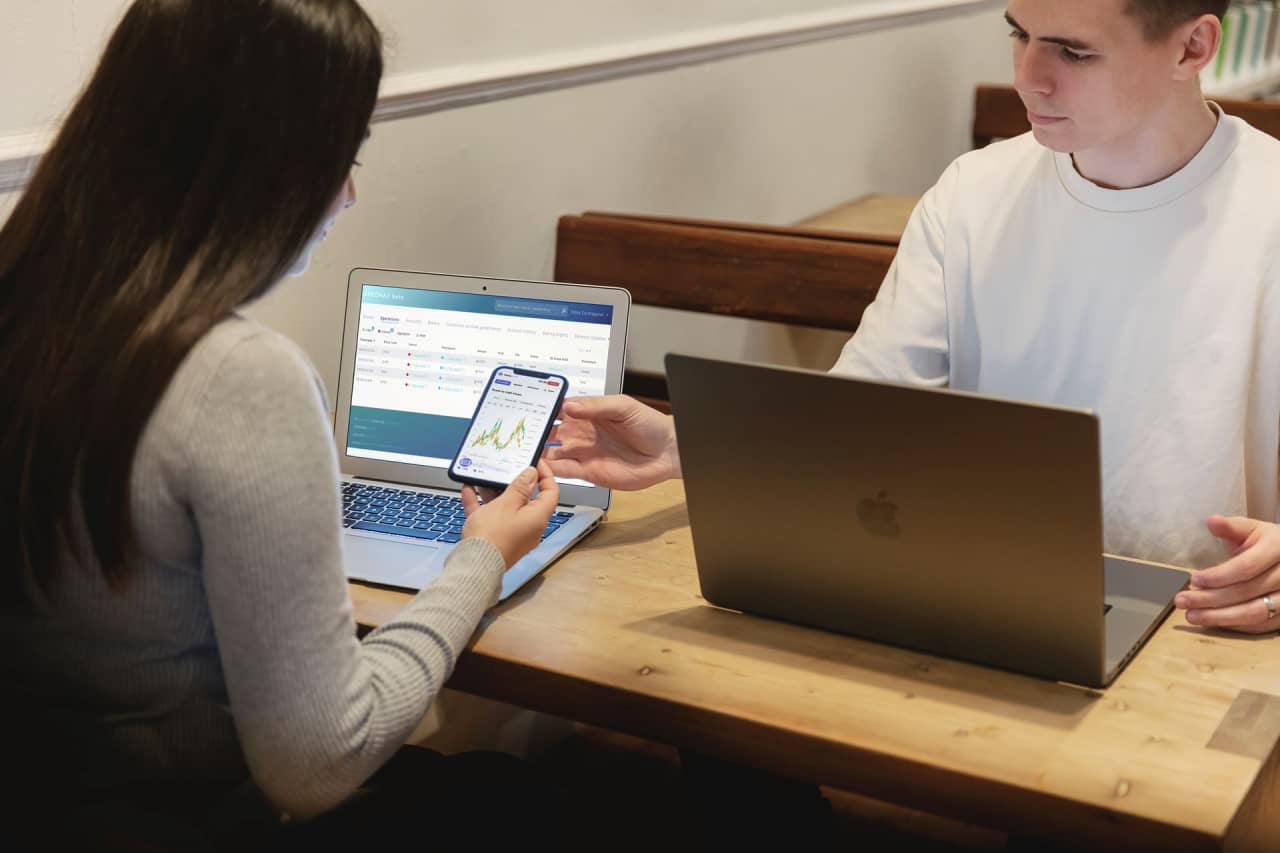NFTs, or Non-Fungible Tokens, are a type of cryptocurrency that is specific to each token and can’t be traded. These tokens are like the baseball card version of cryptocurrencies: they exist as unique collectibles as opposed to fungible payment vehicles. NFTs are being made into everything from digital toys to exclusive club memberships, and because of this, there are several wallets you can use to store them safely.
However, before you can store your NFTs on one of these wallets, you first need to make sure the NFTs you want to store will work with your chosen wallet before you set it up as there is no way to change it once it has been configured. There are many other things to keep in mind when setting up a wallet to store your NFTs so, in this article, we’ll talk about some of these factors and how to set up a wallet that is compatible with all of your NFTs.

Find The Right Marketplace
If you do not already have your cryptocurrency, you will need to find a place that sells it. Wallets are usually specific to certain cryptocurrencies, so if you don’t already own the currency that your wallet requires, then you’ll need to find a marketplace that is selling them for cash or other cryptocurrencies. Many new marketplaces which specialize in NFTs, allow you to buy NFTs for cash so that you can use them with your wallet. Additionally, jungle nft offers a place to trade NFTs for other cryptocurrencies or sell unique collectibles. Also, most cryptocurrency exchanges will let you trade different types of cryptocurrency for cash, so if you need to buy NFTs for cash, you can probably find them through one of these exchanges.
Choose Your Wallet
Your next step is to choose the wallet that you want to use for your NFTs. There are many different wallets available so remember to choose one with a good reputation and reputable developers who have built large user bases in the past, which shows that they can consistently deliver apps that people enjoy using. The ideal wallet will also have a large user base that you can tap into for support if you need it, which is especially helpful when dealing with cryptocurrency. Before you choose a wallet, you should do some research on different types to find out which ones are the most popular or have large user bases so that you can get in contact with others who will be able to help you if you need them.
Make Sure Your Wallet Supports The NFTs You Want To Store
Once you’ve chosen a wallet, it is important to make sure that the wallet can support all of your NFTs before you make any transactions. You can do this by looking at the wallet’s website or FAQ to find out which cryptocurrencies it supports and then doing some research on your NFT to see if it is compatible with this wallet. Also, if the NFTs you are storing are not on this list, then it is best to find another wallet that supports them. If your wallet does not support your NFTs, then you will have to remove them from the wallet before transferring them. For any other issues, contact the developers of the wallet for help using the email address that they provide on their website or through social media.
Download Your Wallet And Create An Account
Once you have found a wallet that works for your needs and meets all of the requirements listed above, it’s time to start setting it up. First, find the right download link on your chosen wallet’s website and click on it to begin downloading the app. Once you have downloaded a wallet for a specific blockchain platform, then you will likely be asked to create an account on that blockchain so that you can use your wallet with it. You will have to follow all of the instructions provided by the wallet’s developers to them this successfully. Keep in mind that some wallets may require more information from you than others before they can connect with a blockchain so keep track of any passwords or keys that you are being asked about at various intervals during setup.
Some wallets may also require your private key or seed phrase, which is a special string of words that only your wallet knows, to connect with the blockchain. Once your wallet is set up on a blockchain platform, then you will need to connect it to the Internet so that you can begin sending or receiving cryptocurrency transactions. For some wallets, this may mean simply opening the app and signing into your account while others may require more information before allowing access.
Transfer Your NFTs To Your New Wallet
Now that your wallet is set up and ready to go, it’s time to start sending your NFTs over to it. The first thing you need to do is import or create a new address for your wallet depending on how it works. Some wallets will generate a unique public key for you while others may give you the option of importing an existing key from another wallet. If this is the case, then make sure that the wallet containing the address you are transferring from is no longer in use since some wallets link back together if they are used at the same time which can make them harder to trade, especially when applied across multiple blockchains. Once you have imported or created a new address for your wallet, open the app and click on “receive” so that you can access this address. You will then be given a public key and QR code which you can use to send your NFTs to the wallet.
Store Your Keys Safely

Whether you are importing or creating a new wallet, always make sure that you store your key information in a safe place after transferring your NFTs over. Some people like to keep it in a secure location while others like to back it up onto an external hard drive or even print multiple copies of it for extra protection. It is important that none of the keys ever touch the Internet because if they do, then any funds associated with them could be at risk of being hacked and stolen by cybercriminals who would not need access to any other information about your wallet or holdings to do so.
In conclusion, by following this simple six-step guide you should have no problem setting up any wallet that works for your needs whether it is a popular choice among the blockchain community or not. Nearly all of them are helpful when it comes to trading NFTs so just make sure that you stick with one that meets the qualifications listed above and then work on transferring over your NFTs, and you should have no problem. Good luck with the rest of your NFT trading adventures!



